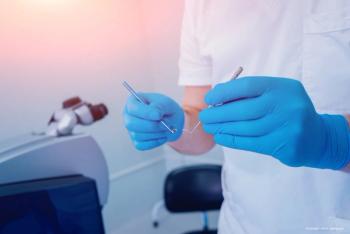
Proposal hints at the use of generative adversarial network (GAN) for applications in macular surgery.

Proposal hints at the use of generative adversarial network (GAN) for applications in macular surgery.

The EIDON Ultra-Widefield Lens module from iCare USA has received 510(k) approval from the FDA for distribution in the US.

MicroPulse can reduce burden of injections for patients with diffuse diabetic macular edema.
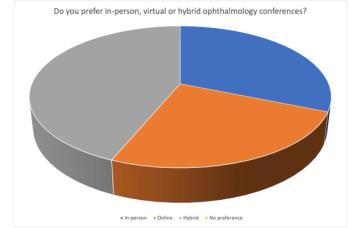
Results from our recent poll about meeting attendance preferences show an inclination toward flexibility.
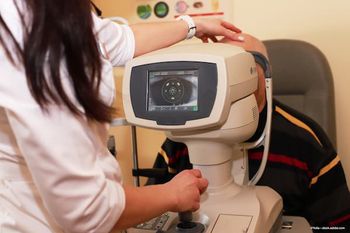
Investigators hope to develop a novel artificial intelligence model.

In the final installment of his COVID-19 interview series, Dr. Breazzano discusses the positive lessons he's learned during the crisis.

Researchers set out to identify clinical and anatomic factor-associated vision loss in eyes with treatment-naïve DME and good initial VA.
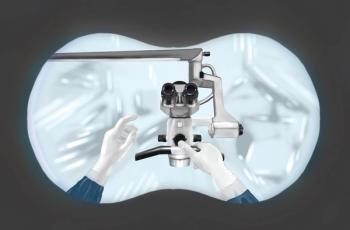
Pilot study shows promise of teaching surgeons with technology.
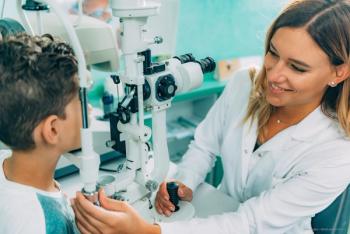
The Association for Research in Vision and Ophthalmology recognizes their latest cohort to complete the Women Leadership Development Program.

The eyeglasses were reportedly designed to help the wearer reach enlightenment and drive away evil, according to Sotheby’s London, which will host the auction next month.

The white cane receives assistive updates to guide visually impaired users to destinations, making indoor navigation in unfamiliar locations easier and safer.

Dr. Breazzano discusses the professional challenges and personal effects he faced during the beginning of the COVID-19 pandemic.

In PIONEER study, investigators outline successes.

John Pollack, MD, discusses gene therapy advancements in the first installment of his blog for Modern Retina.

American Society of Retina Specialists (ASRS) meeting offers scientific sessions, symposia, discussion groups, opportunities for attendees.
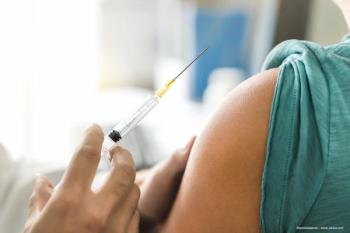
A study in the United Arab Emirates reported a possible link between adverse ocular events and a COVID-19 vaccination.

Investigators at Dartmouth College have found that eye contact during a conversation makes the discussion more appealing to its participants.

Dr. Breazzano discusses how clinicians can learn from the COVID-19 pandemic and prepare for future crises.

Investigators find that wearable aid offers improved mobility.

A synopsis of the findings presented at EURETINA 2021 for ophthalmologists and retina specialists.

Anterior uveitis therapy offers anti-inflammatory effect after dosing is stopped.
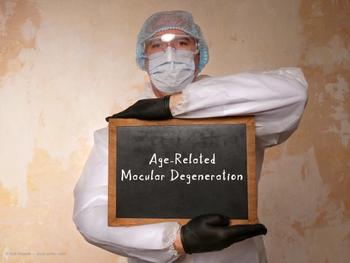
During a presentation at the EURETINA 2021 Virtual Congress, Daniel Jones, PhD, discussed GA and emphasized the need for additional study to gain a better understanding of the burden experienced by patients.

In a presentation at the EURETINA 2021 Virtual Congress, Cristina Cristian, MD, noted that an injection of brolucizumab treatment in patients with neovascular age-related macular degeneration led to a median improvement in visual acuity (VA) of 10.5 letters and the drug was well-tolerated.

Grazia Pertile, MD, discusses the highlights of her presentations on the management of retinal folds after retinal detachment and the role of the anterior vitreous as a cause of recurrent retinal detachment.

During a presentation at the EURETINA 2021 Virtual Congress, Anat Loewenstein, MD, MHA, discussed how artificial intelligence can optimize optical coherence tomography.

During a presentation at the EURETINA 2021 Virtual Congress, José-Alain Sahel, MD, explains that optogenetics involves the use of artificial photoreceptors from specific retinal cells to restore vision by transferring a gene that encodes for a light-sensitive protein that causes neuronal cells to respond to light stimulation.
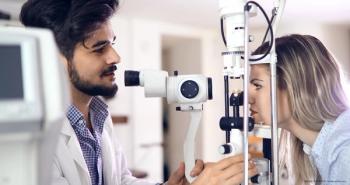
This conference titled, “The Top Ten Things I Wish I Knew Sooner,” is the brainchild of Lisa M. Nijm, MD, JD, who has had the foresight to help young ophthalmologists negotiate the choppy waters of a new practice.
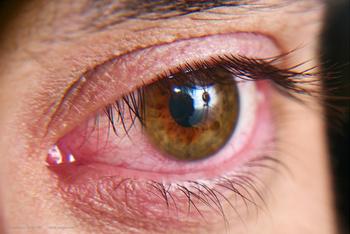
Treating the disease can be a challenge, and at the EURETINA 2021 Virtual Congress, Chekitaan Singh, MD, discussed a case study detailing the care of a patient who had already lost vision in one eye from a similar issue.

Speaking during the EURETINA 2021 Virtual Congress, Marta Belmonte-Grau, MD, discussed the potential risk for posterior capsular rupture during cataract surgery.

Amid a surging COVID-19 pandemic, ophthalmologists in the path of Hurricane Ida are now dealing with the storm's impact.